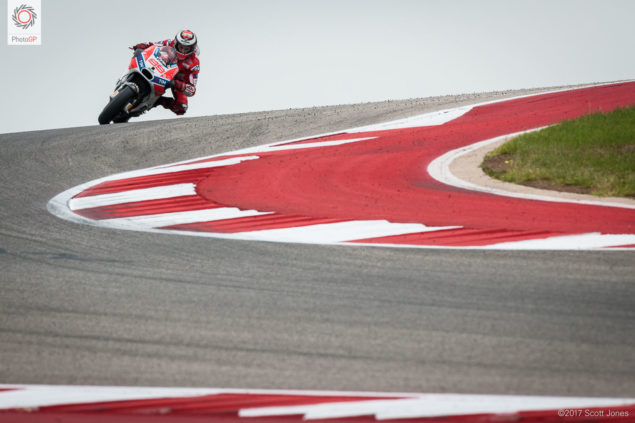It looks like we have been wrong all along. As usual. All this time, we thought it was the engine which was the problem for Honda.
This would be a major issue, as engine designs are sealed and fixed for an entire season in MotoGP, at least for factories which have gathered sufficient podium credits to qualify as competitive under the rules. With nine wins last year, and a MotoGP title, Honda definitely does that.
Maybe the problem isn’t the engine after all, however.
Honda riders are starting to express the apparently unpopular opinion inside HRC that maybe the solution isn’t to rejig the engine again by playing around with firing orders, crankshaft counterweights, and other internal moving parts now set in aspic until the season ends at Valencia.
Perhaps, they suggest, Honda could take a look at its chassis, and try finding solutions there.
Cal Crutchlow was the most vociferous, though that is an extremely relative term when speaking of rider statements about the Japanese manufacturer they ride for. “I think we need to start working with the chassis a bit more,” Crutchlow told us after another hard day at a very physical track.
“That’s not a comment against my manufacturer, against my team, it’s just a comment that we’ve looked at the engine for the last two years, and I believe that a lot will come from the chassis. Sure, some electronics, but I think it’s chassis. I’ve ridden other bikes, so I know what the chassis is doing. And I believe that’s where we could improve a lot. Because the engine is sealed, that’s done, it’s done and dusted.”



















